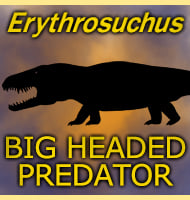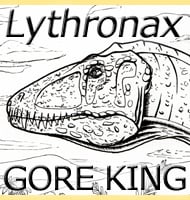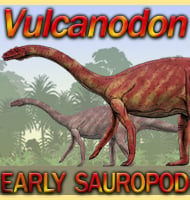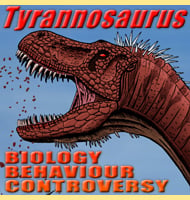Erythrosuchus
In Depth The large size of Erythrosuchus meant that it was an apex predator capable of tackling large herbivores such as Kannemeyeria and Lystrosaurus that were active in at the same time and location. Erythrosuchus was probably a relatively slow moving predator, although given the types of large prey available, speed would not have been … Read more



